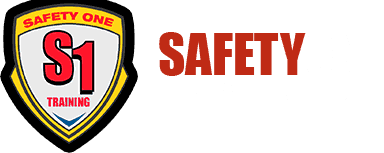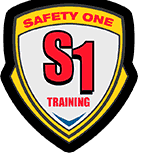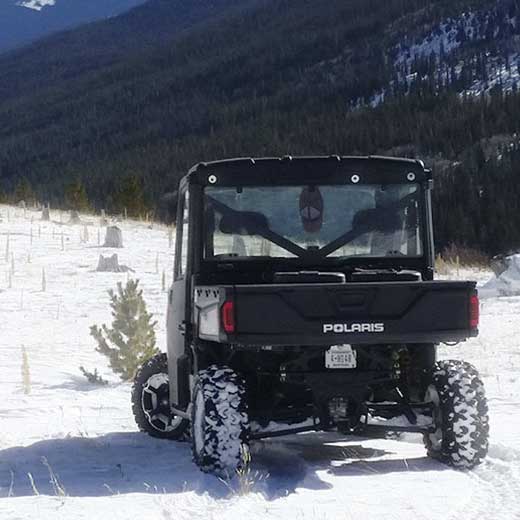
SNOWCAT
OPERATOR CERTIFICATION

SNOWCAT
OPERATOR CERTIFICATION
Get Trained by Industry-Leading Experts
Safety One Training is the largest provider of snowcat and survival training in the world.
Our Snowcat Operator Certification (Basic Safety) course is designed to provide snowcat operators with knowledge and skills to pilot and repair snowcats, as well as safety & survival techniques to deal with extreme weather conditions and emergency situations.

DESCRIPTION
COURSE OVERVIEW AND OBJECTIVES
The Safety One Snowcat Operator Certification is a comprehensive program including two days of intense classroom instruction and two days of practical field safety training, focused on safety & survival techniques, specialized equipment training, and snowcat repair under emergency conditions.
Upon successful completion of the course, students will receive certification from Safety One and will be able to:
- Operate snowcats safely
- Handle common emergency repairs on snow vehicles and tracked all-terrain vehicles
- Remain safe in extreme weather conditions in remote areas
SPECIAL NOTICE
Please note that because of the specialized nature of our safety courses, students must bring the snow vehicles they currently use to class.
COURSE DURATION: Four Days (32 hours)
CLASS SIZE: Maximum 6 (1 Instructor)
COURSE CONTENT SUMMARY
- This course offers detailed instruction on Winter Survival and Environmental Factors for Workers Exposed to Harsh Winter Conditions in Remote Areas.
- It also teaches Safety and Survival Skills such as cold injuries, hypothermia, emergency sheltering, and fire building techniques.
- As well as Mechanical and Technical Instruction Pertaining to Vehicle Operations.
- Snowcat Operations Field Course
AUDIENCE & PREREQUISITES
AUDIENCE
This course was developed for men and women who operate tracked vehicles in snow or cold conditions.
OSHA requires that snowcat operators must be trained and certified, prior to operating a snowcat.
PREREQUISITES FOR THIS COURSE
Students must have mental and physical aptitude for operating equipment in back country environments.
REGULATIONS & STANDARDS
OSHA
This course meets the requirements of OSHA Regulation and Requirement as summarized below:
- Employers must provide safe working conditions for their employees and are required to provide training for an employee that encompasses the knowledge and the ability to safely perform their jobs.
- Employees are required to be trained in safety-related work practices and safe work procedures for the hazards they may face on the job site.
- Employers must certify that appropriate training has been received and maintained for each employee whose job interfaces with a snowcat or cold weather environment.
General Duty Clause Section 5a1, training standards within 1910.268, 1910.269 and numerous others.
ANSI/ASSE
This course uses compliant safety methods from ANSI Z490.1
COURSE OUTLINE
OUTLINE FOR THIS COURSE
Classroom Training
Winter Survival & Environmental Factors
- Hypothermia – Why it kills so many, recognition, what you need to do
- Frostbite – Simple secrets to keep your fingers
- Clothing and Accessories – Understand the system and stay comfortable anywhere
- Case Histories – Simple lessons to avoid disaster
- Survival Attitude – How to get it, how to keep it
- Winter Survival – Secrets that make a difference
- Fires and Fire Starting – What really works
- Survival Kits & Shelters
Snowcat Mechanicals
- Snow Vehicle Development and History – What works, what doesn’t and why
- Snow Vehicles of Today – Selecting the best option for your application
- Snow Vehicle Basic Performance Factors – How to get where you are going
- Introduction to Hills, Side Slopes, and other Terrain Hazards
- Field Inspection of Snow Vehicles – Preventing failures before you leave the parking lot
- Tips on Trailer Load/Off Load Safety – Avoid fatal mistakes
- Track Systems – Best choices
- Sprockets, Wheels and Tires – Recognizing signs of impending failure
- Expedient Field Repairs for Common Failures – Getting your vehicle and crew home safely
- Recognizing and Managing Special Terrain Hazards – Mistakes that can cost lives
- How to Mitigate Carbon Monoxide Poisoning – a Serious Hazard
Field Training
Snowcat Operations
- Track Repairs in the field – Your ticket home
- Expedient field repairs – Dealing with the unexpected using what you have
- Basic Snowcat Maneuvers – Mastering basic maneuvers and key operational safety aspects
- Snow Vehicle Operation on Level Terrain – Recognizing terrain signs
- Side Hill Travel – Knowing your limits and managing side slip
- Climbing Hills on Soft Snow – Doing it right
- Pre-Operation Inspections – Pre-empting disaster
- Center of Gravity – Learn how to instantly modify your center of gravity to make maneuvers safely in extreme terrain and to regain control of a sliding snow vehicle
- Ascending Steep Slopes – Maintaining traction and selecting optimal routes
- Descending Steep Slopes – Selecting routes and techniques for safe decent
- Field Exercises – Practice the most important techniques to develop operator skills and confidence
- Extricating Stuck Snow Vehicles – Simple tips to do it safely
- Non-Verbal Communication – Why hand signal consistency is important
- Tips on Trailer Load/Off Load Safety – Avoid fatal mistakes
COURSE MATERIALS
Students will receive the most current version of the Safety One Snowcat Operator Certification Manual and other materials necessary for the course.
COURSE TESTIMONIALS
STUDENT/EMPLOYER TESTIMONIALS
“We have sent our employees to this course many times over the years and they always come back with something new. A must have for anybody intended to operate tracked vehicles under harsh conditions.”
-Henry A., Foreman
OTHER TRAINING COURSES YOU MAY BE INTERESTED IN
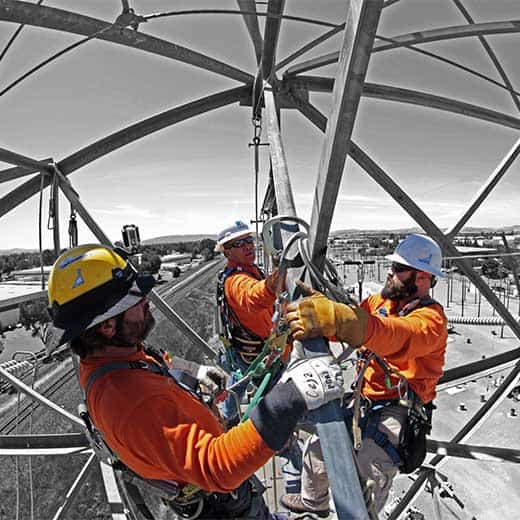
Standard Fall Protection Safety & Rescue Training |
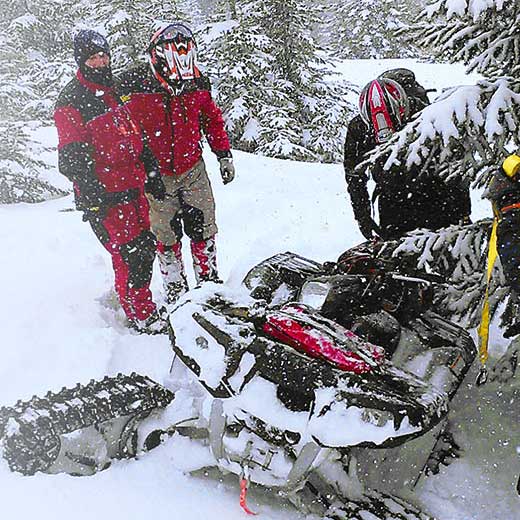
Snowmobile Safety & Rescue Training |
We Can Bring the Course to You
Safety One can offer all open enrollment courses and customized snowcat training at your site.
By tailoring a training course to your needs, equipment, and your staff, we are able to develop a comprehensive training plan to address specific issues unique to your snowcat and business requirements.
Plus, there is a cost saving benefit by reducing employees’ travel time and expenses.
